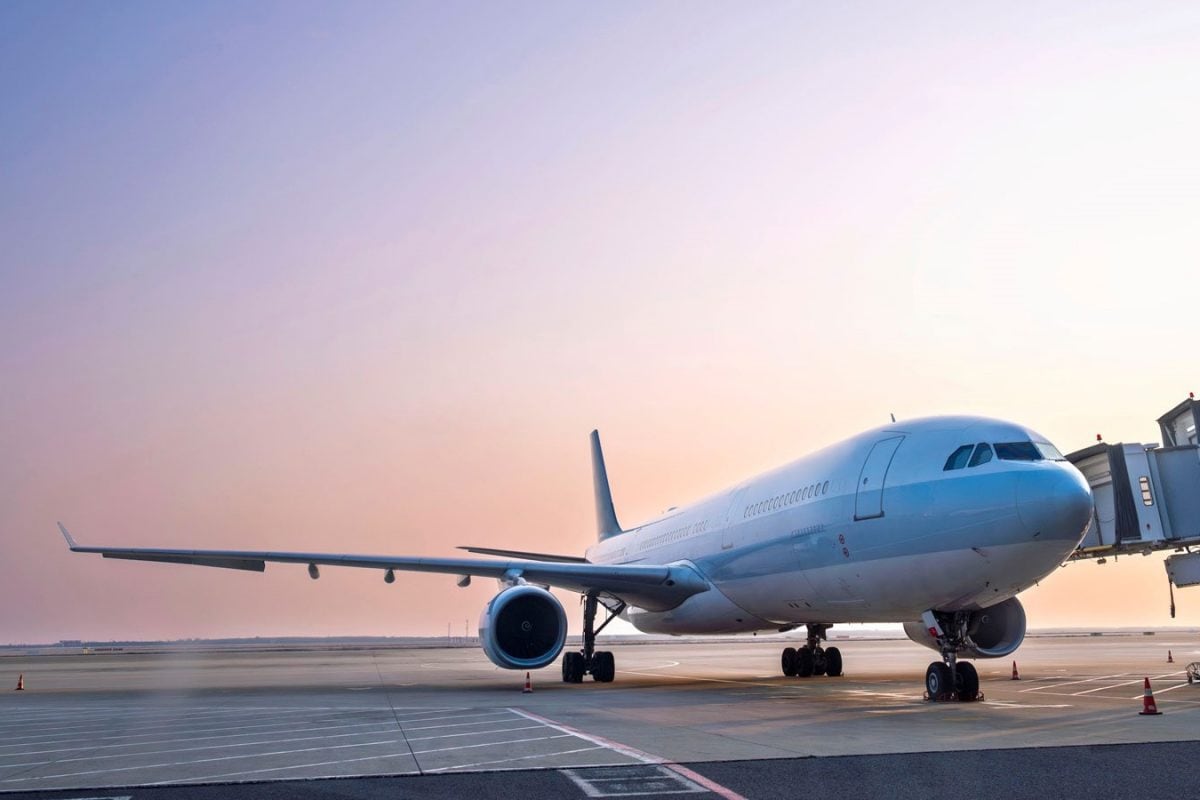

Global air travel has rebounded strongly in 2025, with passenger numbers exceeding pre-pandemic levels. Several factors contribute to the busiest airline routes, including strong business ties, tourism, and large diaspora populations connecting major cities across the globe. The Asia-Pacific region continues to dominate both domestic and international routes.
According to recent data, the Hong Kong to Taipei route remains the busiest international route globally, with 540,840 seats scheduled in June 2025, a 1% increase compared to June 2024. This highlights the robust economic and leisure connections between these two hubs. Other leading international routes include Cairo to Jeddah (486,017 seats), driven by pilgrimage travel and regional business links, and Kuala Lumpur to Singapore (478,184 seats), reflecting the interconnected economies and vibrant tourism in Southeast Asia. Seven of the top ten busiest international routes are within the Asia-Pacific region, confirming its central role in global air travel growth. These include routes like Bangkok-Singapore, Osaka-Shanghai, Seoul-Tokyo, and Seoul-Osaka. Transatlantic routes such as New York-London and Middle Eastern routes like Dubai-Riyadh also hold significant positions.
Domestically, the Jeju to Seoul route in South Korea continues to be the world's busiest, with 1.15 million seats in June 2025. While still leading, it has seen a 4% decrease in capacity compared to June 2024. Other top domestic routes are in Northeast Asia, specifically Japan, such as Sapporo to Tokyo and Fukuoka to Tokyo. In the United States, New York to Los Angeles is the busiest domestic route, followed by New York La Guardia to Chicago and Atlanta to Orlando.
Within India, the Mumbai-Delhi route stands out as the busiest domestic sector, linking the nation's financial capital with its political center. Air India operates a significant number of flights on this route, with approximately 27 daily one-way flights, sometimes increasing to 28 on certain days. IndiGo, a major competitor, operates around 20 flights daily on the same route. This corridor is heavily utilized by corporate travelers, policymakers, and diplomats. The Mumbai-Delhi route has been ranked as the eighth busiest domestic route globally in 2025. Other busy domestic routes in India include Bengaluru to Delhi, Hyderabad to Delhi, and Mumbai to Bengaluru.
Several international routes are crucial for India. Mumbai to Dubai is the most active, followed by Delhi to Dubai and Delhi to Kathmandu. These routes are driven by a combination of tourism, labor migration, and business ties. Routes to London, Singapore, and Colombo are also significant due to the large diaspora populations and student travel. IndiGo, Air India Express, Scoot, and Flydubai play a vital role in providing affordable and frequent flights, especially on short-haul routes. Delhi-London is India's most trafficked long-haul route in terms of seats, supported by historical ties, a substantial Indian diaspora in the UK, and strong business travel links.
Overall, the aviation industry is expected to see a positive year in 2025, with passenger demand and capacity exceeding pre-pandemic levels. However, challenges remain, including supply chain disruptions, geopolitical uncertainties, and rising operational costs. Airlines are adapting through strategies such as mergers and acquisitions, and maintaining high load factors to offset costs. The industry is also focusing on sustainability, with efforts to improve fuel efficiency and reduce emissions.